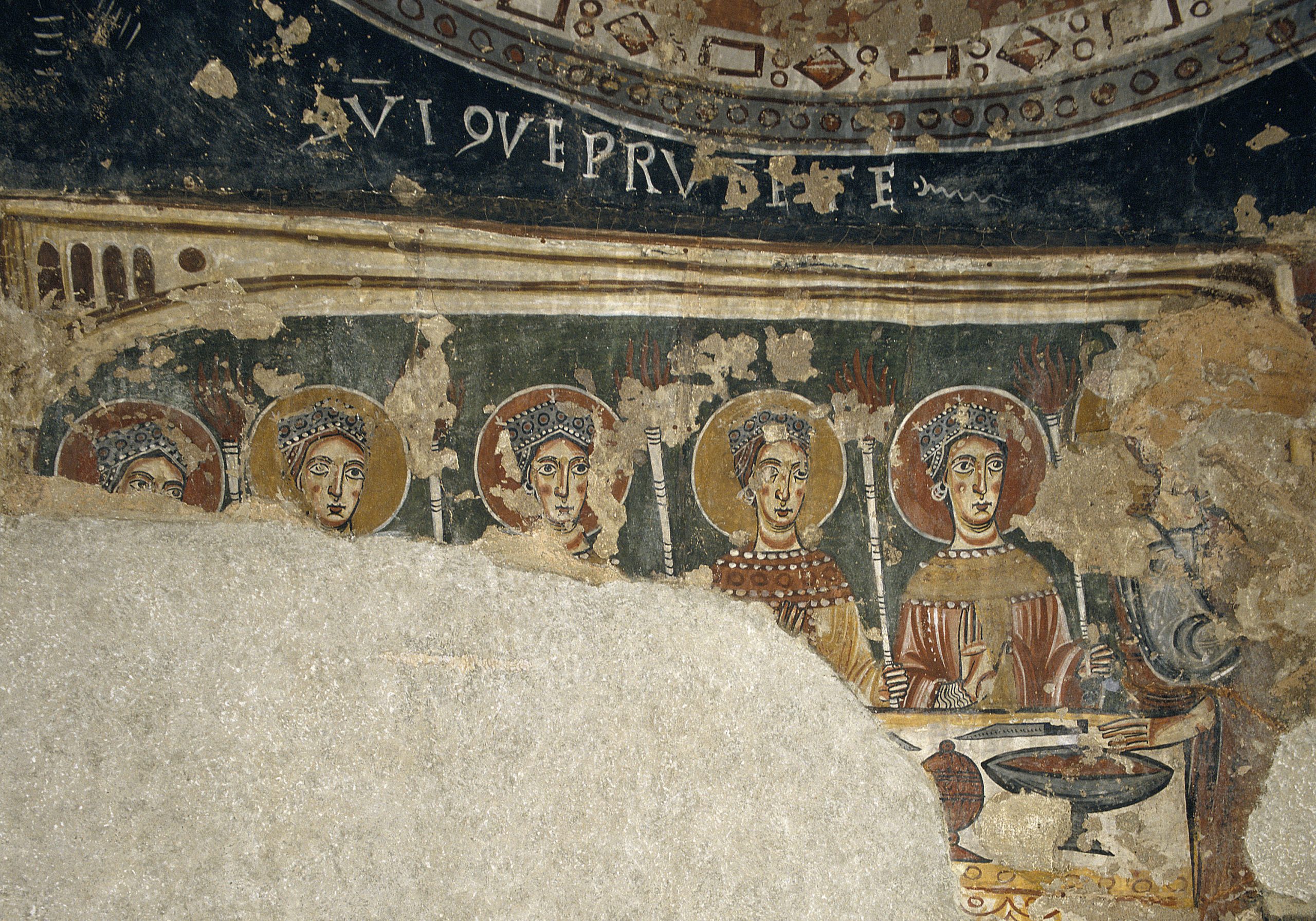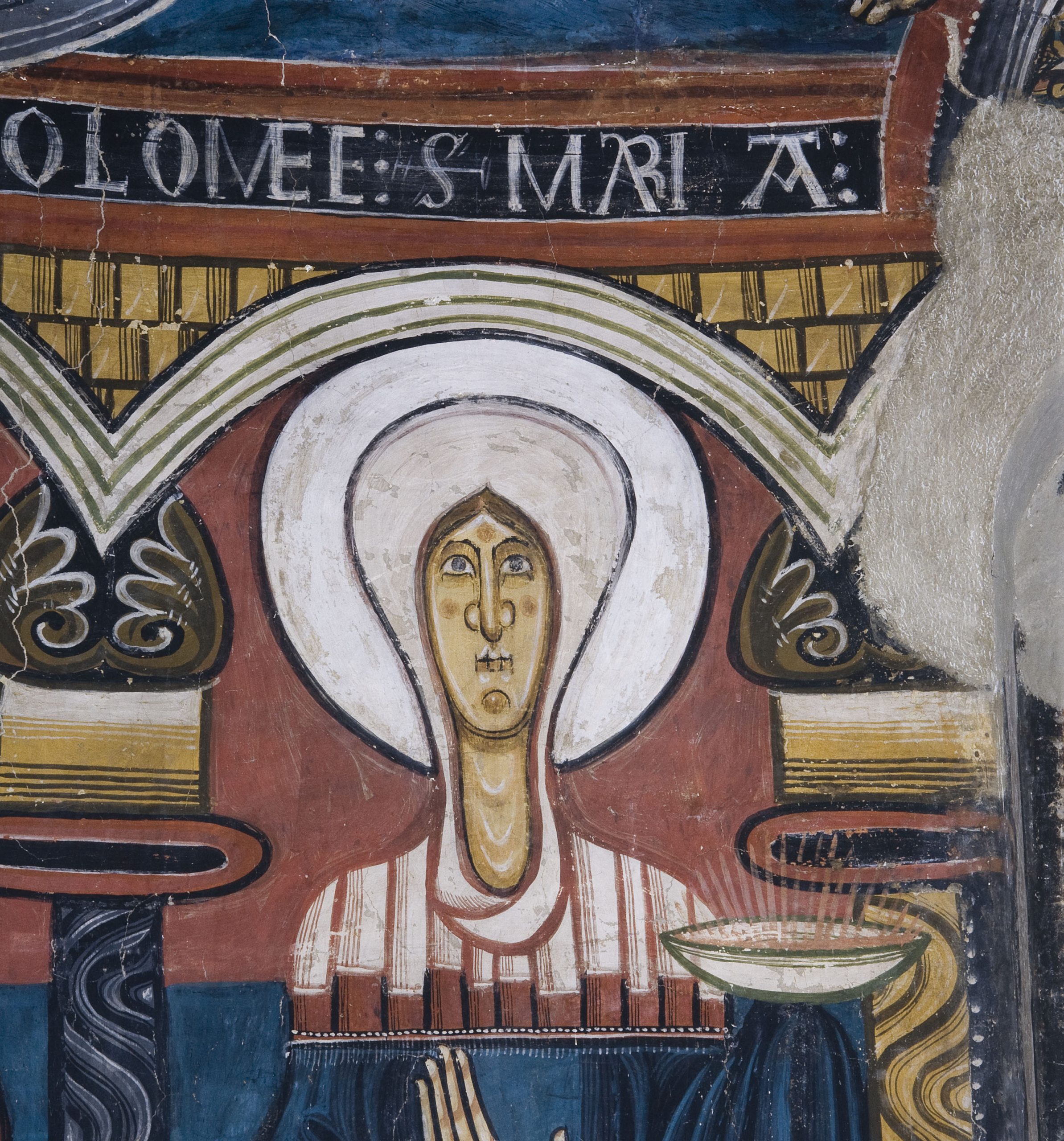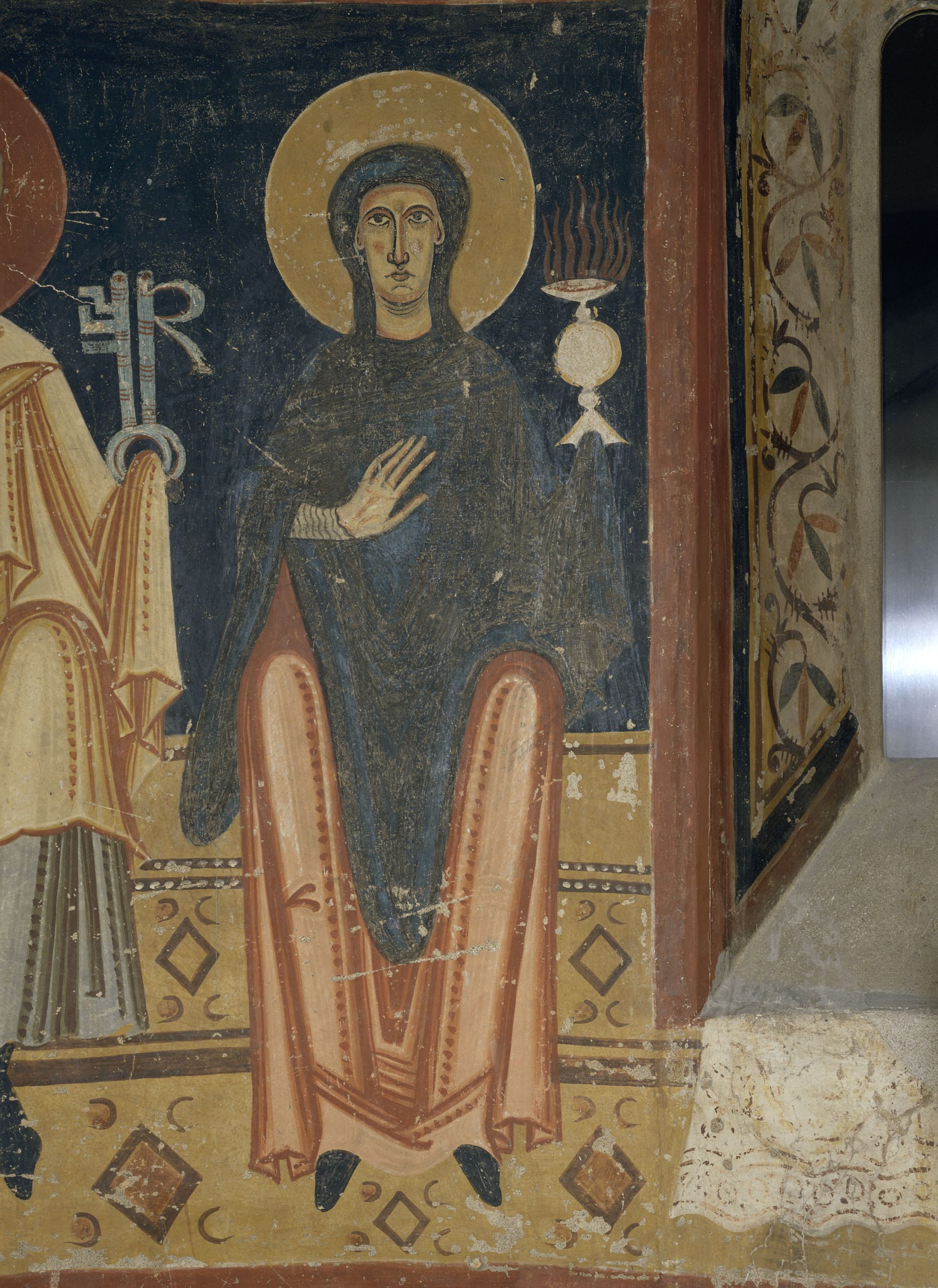Joan Duran-Porta
Popular culture’s interest in Arthurian literature and the Holy Grail in particular is rekindled every few years. Contributions on the subject – some of them sensible, others truly bizarre – come from fields as diverse as the dissemination of history, best-selling books, or films and television. Then there is a certain kind of esoteric philosophy, rather banal and not at all rigorous, that now, with the social networks, has an unbeatable platform for diffusion. From a supposedly more serious perspective, in recent years studies of some ancient cups have been undertaken in which the intention is to identify them with the ancient Grail, such as the Holy Chalice in Valencia Cathedral, or the Chalice of Doña Urraca in San Isidoro in León. A vain attempt, but fruitful from the economic and touristic points of view.
Fascination with the Grail is not new, of course. It was part of the late medieval nobility’s collective imaginary, and it was reborn later, in modern times, in sometimes very peculiar contexts. Let us remember that some Nazi leaders searched for it resolutely, and how, in the famous film, it was found by Indiana Jones next to a Knight Templar who lives eternally thanks to the object’s miraculous properties. All this fascination, ancient and modern, has however been constructed on a conceptual artefact that is not always as solid as it seems, and which in fact belongs completely to the world of fiction.
Right from the start, then, one must insist that the Grail is a literary object. An object that was created in the imagination of the most famous author of romans, or novels in verse, on an Arthurian theme in medieval France: Chrétien de Troyes. The first appearance of the Grail in European culture takes place in the last, and the most famous, novel by this brilliant creator, written towards the end of the twelfth century and entitled, precisely, The Story of the Grail.

Perceval arrives at the Grail Castle, to be greeted by the Fisher King. From a 1330 manuscript of Perceval ou Le Conte du Graal by Chrétien de Troyes, BnF Français 12577, fol. 18v. Here the Grail is represented as a ciborium. Wikimedia commons
The Story tells of a young Welsh knight, naïve and a little dim, called Perceval. In the main body of the story, one night Perceval is staying in the castle of the “Fisher King”, a sick man who we will learn later is the protagonist’s cousin. While they are having dinner, they watch a strange procession of wondrous objects, and especially a gold grail decorated with precious stones which gleams magically. Perceval does not dare to ask what this grail is for … or, more exactly, “who” this grail is for. His ineptitude triggers off the continuation of the story, with the strange disappearance of his host and all the denizens of the castle the next morning, and the subsequent search for the answer to the unasked question (“who is the grail for”) by a disheartened Perceval. Much later on in the story, we will learn that the magical object was used to feed the Fisher King’s father, confined to a room in the castle, a communion wafer.

Depiction of a dish or grail in the decoration of Sant Quirze de Pedret. © Museu Nacional d’Art de Catalunya
When Chrétien de Troyes died The Story of the Grail was still unfinished. But he was a successful author – very successful – and the lack of an ending left his readers feeling let down. Not long afterwards, various writers wanted to give the story an ending, which is in fact a little more complex and includes a subplot featuring another knight of the Round Table, Sir Gawain. At the same time, other authors wished to reformulate it and adapt it their way. Out of all this there arose “Grail literature” that turned the object into one of the main themes of the Matter of Britain, the medieval literature about King Arthur and his knights. The search for the Grail, physical or symbolic, has since then loomed large in this vibrant body of literature about magical adventures.

Depiction of grails on a capital in the French church of Saint-Hilaire de Puig-de-Dome (12th century). Wikimedia commons
In Chrétien’s original roman, what a grail actually is is not very important for the story and it is taken for granted. It is not a strange object, and readers of the story, that is, men and women from northern France at the turn of the thirteenth century, would have been very familiar with it. But … what exactly was a grail? Some decades later, when the object and its literary context had become famous, a learned man from Flanders called Hélinand of Froidmont explained it very clearly in a chronicle: “for the French a grail is a sort of bowl, wide and not too deep.” In other words, it was a deep plate, a soup dish, and so, would you believe it, Chrétien de Troyes placed an item of domestic crockery at the centre of his Story, a large dish (today we would call it a platter, a dish, a bowl) like those that were used to serve meals at the table, especially watery fish or meat stews, typical of medieval cuisine (figs. 1 and 2). And he turned this dish into a magical, exotic, luxurious object, full of symbolism, and the subtle trigger (like a precursor of Hitchcock’s famous McGuffins in his films) of the story of his hero, Perceval.
So far, nothing like a chalice, or a relic, or the Holy Chalice used by Christ during the Last Supper. So far.
Of all the continuers and reformulators of Chrétien’s book in the first half of the thirteenth century, one of the most original and prolific was Robert de Boron, an author about whom not much is known either, almost certainly from Burgundy, who wrote a series of stories that revolved around the Grail. Despite the fact that in Chrétien’s text the object had already become somewhat religious (a Communion wafer was served in it), it was Robert de Boron who definitively Christianized the Grail, identifying it explicitly with the chalice used to collect the blood of Christ at the Crucifixion. Later on, this chalice was also associated with the episode of the Last Supper.
And so we now have the phenomenal process of transforming the initial literary object (remember, a dish for serving watery stews) into a sacred relic, a chalice owned by Our Lord Jesus Christ, no less.

A Romantic vision of the grail in this painting by Dante Gabriel Rossetti, The Damsel of the Sanct Graelor Holy Grail (1874). Wikimedia commons
The identification was hugely successful, of course. It was rapidly accepted by the public who were reading or listening to all these chivalrous stories on an Arthurian theme, the Matter of Britain, gradually tinged with Christian vocabulary and settings. Although this fashion for Arthurian tales began to wane from the sixteenth century onwards, in the nineteenth century, with the onset of Romanticism, interest in the knights of the round table and their adventures was revived. Interest in the mysteries of the Grail also returned, definitively assumed by everyone to be a Holy Chalice and converted in the Romantic and post-Romantic imaginary into the most highly prized and powerful of all the Christian relics lost in the mists of time.
It must be said that the Catholic Church never paid much attention to any of this story. It never believed in the identification between Christ’s Chalice and the Grail in the chivalrous novels, which it ostensibly despised. Absolutely every Christian author and theologian ignored the object and never took it to be a true relic. The authentic Holy Chalice (not the Grail), however, could have laid claim to its role as a relic. Curiously, though, in a medieval world full of relics and reliquaries everywhere, the Chalice of Christ was never an important relic, nor did it arouse much interest. Perhaps this was because it was regarded as having been lost a long, long time ago. Only a few tales by travellers to the Holy Land in the sixth and seventh centuries mention it. After that, silence.

Detail of Sant Climent de Taüll apse paintings. © Museu Nacional d’Art de Catalunya
In the rooms of the MNAC there is a series of Romanesque paintings that include some images of the Virgin Mary holding a gleaming object that sometimes looks like a small bowl, sometimes like a chalice, or something else. People have wanted to believe that this is the “Virgin of the Grail”, the representation of Mary holding the chalice of her Son who lights up the universe: Ego sum lux mundi. It has even been suggested that Chrétien de Troyes could have seen these paintings when he was a young man, and that he might have remembered them in order to visualize the grail in his Story.

Detail of Sant Pere del Burgal apse paintings © Museu Nacional d’Art de Catalunya
The depiction of the Virgin with this brightly shining object is a local theme, exclusively Pyrenean, which arouses understandable interest. And what’s more, the origin of the world “grail” would seem to lie not in the French language in which Chrétien wrote and spoke, but in the southern languages of the Frankish world: Occitan and Catalan. Indeed, all of the earliest written references to grails (that is, dishes for serving stews) are in fact to be found in Catalan documents, the oldest of them from around the year 1000.

Detail of Argolell apse paintings. © Museu Nacional d’Art de Catalunya
Nevertheless, it is hard to believe that Chrétien could have known about the paintings that are now in the MNAC. What is more, these supposed grails that the Romanesque Virgins timidly hold were identified some time ago, not with real grails, nor with chalices or other utensils for eating or drinking, but with burning oil lamps, whose shapes in the Middle Ages were quite similar to those of crockery vessels.
The likeliest thing is that Chrétien simply invented his magical grail. To do it, he converted a domestic dish (fig. 7) into a quasi-sacred wonder, evoking in literature the reality of many profane luxury objects of the period, which were presented as gifts to churches and were turned into sacred utensils there. Later, the authors who continued and rewrote the story took it further, and transformed the Grail into a holy relic, identifying it with the Chalice of Christ. Such is the power of literature, the incredible impact of the reception of the story imagined by Chrétien de Troyes. A story that, as occurs with the best ones, soon escaped its author’s intentions and became part of the collective patrimony of medieval Europe.

A real wood-turned grail. Catalan piece, thirteenth or fourteenth century. ©MEV, Museu d’Art Medieval
We can end by saying that the true secret of the Grail is that it does not exist. That it has never existed. The Grail was the product of the imagination of a poet, and especially of the imaginations of his passionate readers. Its conversion into a relic demonstrates the permeability of the frontiers between wonder and reality in the Middle Ages, the particular idiosyncrasy of a cultural universe capable of mixing literary fiction and the “truth” of the Christian Faith.
Universitat Autònoma de Barcelona







